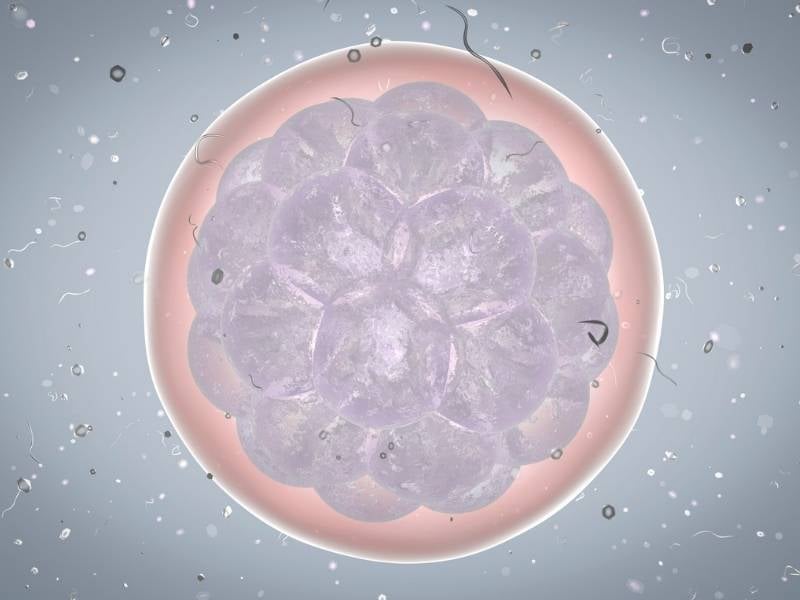It is not uncommon for women to have fibroids during their lifetime. Usually, fibroid development occurs in a woman when they reach their thirties and forties. Today, it is very common to start a family in your thirties or even forties, but this is where it’s important to truly understand the relationship between fibroids & infertility. Dr. Marcy Maguire with RMA takes a few minutes to educate us on fibroids and how they can affect your ability to have a baby.
Essentially, what are fibroids? What causes them?
Fibroids are benign tumors in the uterus. While these tumors are not life-threatening, they can take away from a woman’s quality of life by causing menstrual problems, discomfort, and infertility.
Fibroids occur when one uterine muscle cell replicates itself too many times, creating a small “ball” of tissue in the uterus.
Certain risk factors increase the chance that a woman will develop fibroids. Black women are two- to three- times more likely to develop fibroids than white women. Women with a family history of uterine fibroids are more likely to develop fibroids themselves. Other environmental factors, such as diets high in red meat and alcohol consumption are also believed to be linked to risk of fibroids.
What are some signs and symptoms of fibroids? When is it time to see a physician?
While some women with fibroids are completely asymptomatic, other women with fibroids may experience abnormal periods, pelvic discomfort, and/or infertility. Fibroids can cause heavy menstrual bleeding, sometimes even leading to anemia. Women with large fibroids or fibroids that push on the bowel or bladder may experience pelvic discomfort or pressure. Fibroids that impact the interior of the uterine cavity (where a fetus grows), can block a woman’s ability to become pregnant.
Any patients experiencing symptoms that are uncomfortable or concerning should be evaluated by a physician.
Are there any common misconceptions about fibroids?
Many people think that fibroids always grow- that if a woman has a fibroid, it will get bigger and bigger until eventually, she has to have surgery to remove it. This is not true. The growth patterns of fibroids differ, even within the same woman! Fibroids can grow, shrink, or stay the same size.
Do they often get diagnosed along with other conditions, or usually stand alone?
Fibroids are often found when patients present to their physicians complaining of heavy periods and/or infertility. Other patients are first diagnosed with fibroids when their gynecologist feels them on routine pelvic exam. Fibroids can also be incidentally noted when patients are undergoing imaging studies (ultrasounds, CT scans, or MRIs) for unrelated problems.
What are the treatment options, beginning with least invasive to most invasive?
If a fibroid is found by chance and is not causing any symptoms, there is no need to treat it at all.
Treatment of symptomatic fibroids differs depending on whether a patient desires pregnancy. For women who are not interested in pregnancy, there are multiple options to alleviate fibroid symptoms. Hormonal medications, including birth control pills and other medicines, can help to control heavy periods. Small “beads” can be placed in the blood vessels that feed a fibroid to cut off its blood supply and cause it to shrink. High-frequency ultrasound can be used to ablate fibroids. Surgery to remove fibroids from the uterus or to remove the uterus entirely (hysterectomy) is also possible.
For women who desire pregnancy, treatment depends on the location of the fibroid. Fibroids that push into the uterine cavity (the area that houses the fetus) typically have to be surgically removed. Fibroids that are exclusively on the outside of the uterus can be observed and do not always require removal.
What are the potential effects of fibroids on fertility?
Fibroids that push into the uterine cavity (the area where the fetus resides) decrease the chance of pregnancy and increase the risk of miscarriage. It is unclear whether fibroids that are on the outside of the uterus only (ie that don’t impact the area where the baby will grow) cause infertility.





